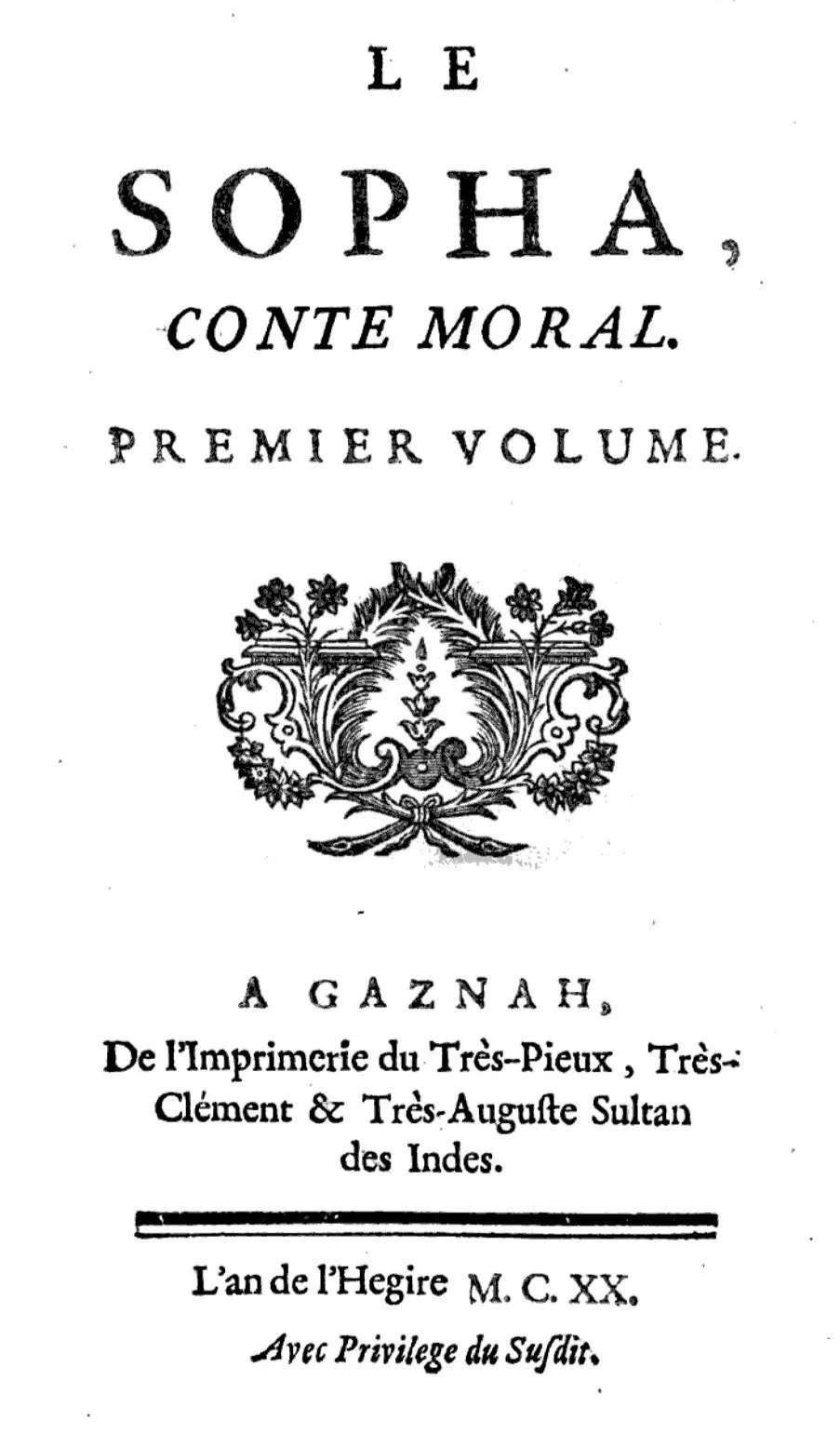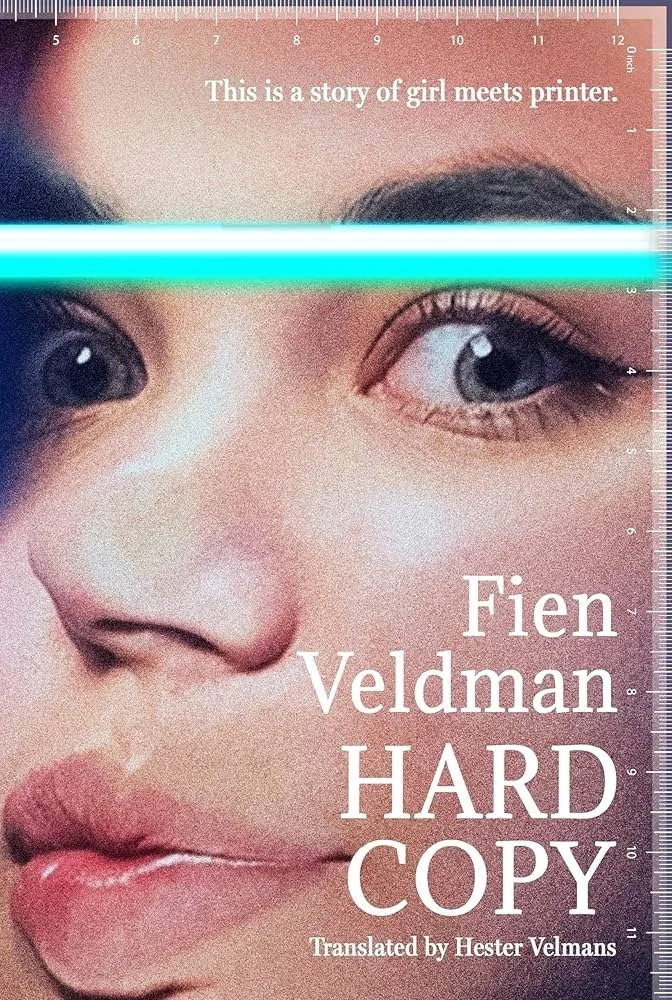Sentient Object Love - What is it?
by: Graciella Delgado
Shop this issue: https://bookshop.org/shop/readinmag *affiliate linkDearest gentle reader,
The world of novels exploring inanimate objects that come alive and enter intimate relationships with another being is a vast one. Endlessly strange, horrifying, hilarious, and (at times) moving, Sentient Object Love is not just the current viral sensation on social media that is purely a product of pandemic boredom and shock value (though these do play an integral role in its popularity). No, this is a surprisingly complex sub-genre that also maintains great historical significance as well as the most random appearances in mainstream pop-culture that, when pointed out, make people go, “...Wait.”
The most well-known and familiar concepts of sentient objects navigating matters of the heart is the sentient object romance genre. We see it go viral time and time again from books like Kissing the Coronavirus (the one about a scientist’s encounter with the human embodiment of Covid 19), Unhinged (the one about a sentient apartment door who is also the son of Zeus pursuing the young woman living in the apartment he is a door for), and Pounded in the Butt by my Own Butt (the one about another scientist who gets intimate and falls in love with a clone of his own butt—a book that is one of hundreds from prolific absurd erotica and horror author Chuck Tingle).
A sentient object romance is simply any story following the romantic and/or erotic relationship involving one or more objects that are typically inanimate but for some reason aren’t within the world of the story. Objects within the realm of the story can be made sentient due to magical, mystical, paranormal, or scientific reasons. Interestingly enough, we’ve seen trends and tropes regarding why objects are made sentient play out in patterns across centuries with the top three most popular reasons for an object coming to life (in no particular order) being: curses, possession, and divine intervention.
In the year 8 CE, Roman poet Ovid published his magnum opus Metamorphoses, a series of 250 myths explaining the ways of the world. In it we find the story of Pygmalion and Galatea, about a sculptor carving his dream woman out of ivory, falling madly in love with her, and praying to the goddess Venus to bring him a woman similar to her. The goddess hears his wish and brings the statue to life instead. The tale of Pygmalion and Galatea is a highly influential one as it’s credited as inspiration for stories like Pinnochio and My Fair Lady.
In 1742, we got the French libertine novel by Claude Prosper Jolyot de Crébillon titled Le Sopha: conte moral (The Sofa: A Moral Tale) a story in which a man is turned into a sentient sofa and can only be transformed back once a couple has sex on top of him in his sofa state. The man is cursed by a Hindu god (because of reasons), and the couple getting intimate on top of him must be virginal. The book consists of stories following seven couples and the intimate acts and adventures the sofa-man witnesses all to shock and amuse a bored prince, but also to serve as a satirical piece poking fun at some powerful Parisians of the time,exploring themes of hypocrisy in its different forms. The book was originally published anonymously and through a false imprint, but somehow Crébillon was still caught and punished. He was exiled from Paris, but this exile only lasted, like, 3 months because then he came out and said that he was forced to write and publish the work against his will by Frederick II of Prussia.
Then 2014 rolls around and we have Chuck Tingle, an anonymous author who first published a comedic erotic short story titled My Billionaire Triceratops Craves Gay Ass. Tingle has made a name for himself in the bizarre erotica world and has dozens upon dozens upon dozens of Living Object Tinglers. With hilariously long and hyper-specific titles, Chuck Tingle uses his Tinglers to explore themes both serious and unserious in the endlessly wonderful journey across the ever-expanding Tingleverse.
But, just like regular degular human people, there are two types of love pursued by these living, breathing (?) doors, lamps, gingerbread men, etc.: platonic and romantic.
The platonic realm of sentient objects is an intriguing one and not something we see very often, but it does include my first read of 2025. Hard Copy by Fien Veldman follows a young woman intensely attached to her workplace printer. It’s the most sacred and intimate relationship she’s ever had, telling the printer her innermost thoughts and darkest secrets when they’re alone. The majority of the book is told from her perspective in an almost stream-of-consciousness style of narration until we get a glimpse into the mind of the printer who truly has been calling out to her this entire time as well. It’s a surprisingly heartwarming story of connection in a harsh and confusing world and one that opened my mind up to the range sentient objects can have in the context of connection, as I had only ever been familiar with the romantic and erotic.
Which then brought me to think again of Pinnochio and more modern stories like Toy Story. These, too, are stories of great love and devotion. These, too, reflect the most human parts about us! These are stories of family, loyalty, and opening one’s self up to changes both wanted and unwanted.
There is so much life and humanity in both the best and worst ways when we decide to project humanity onto non-human objects. It forces us to look at relationships and what it means for individuals to join together at a new angle and embrace the unconventional. It is testament to human beings’ long-standing habit of immense empathy to the point of seeing personhood in non-people.
And there’s something oddly comforting in knowing we’ve always been like this.








